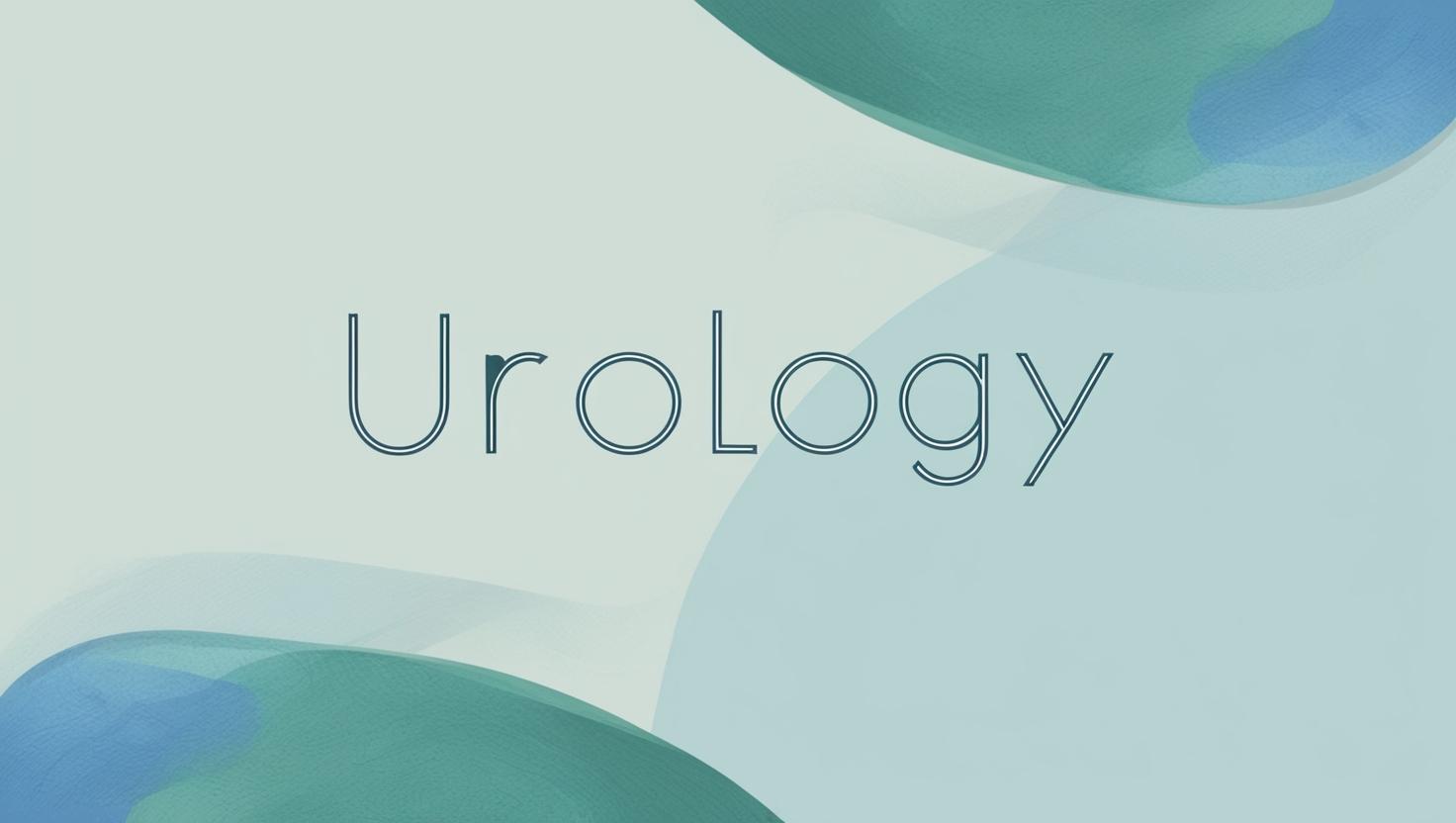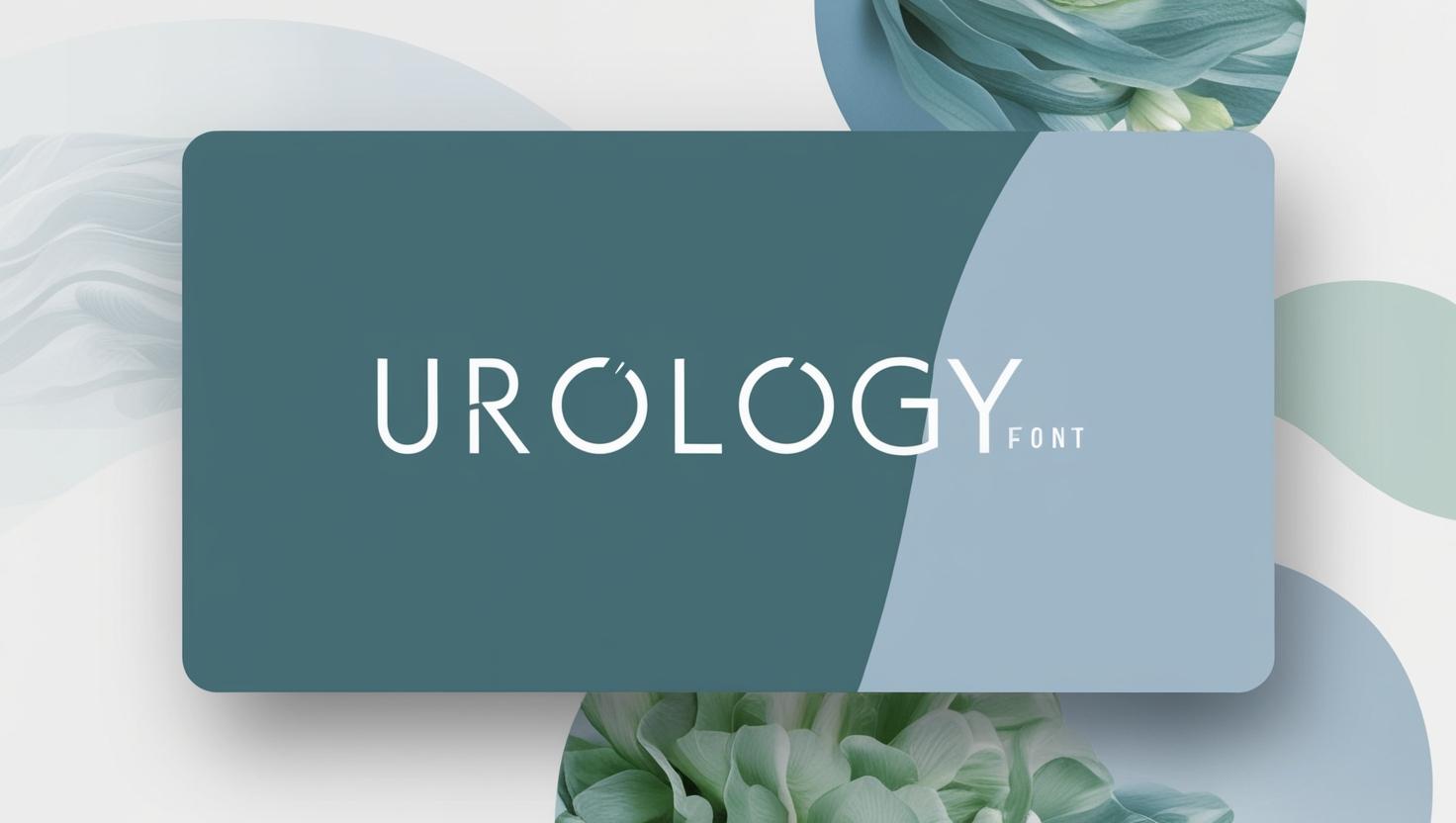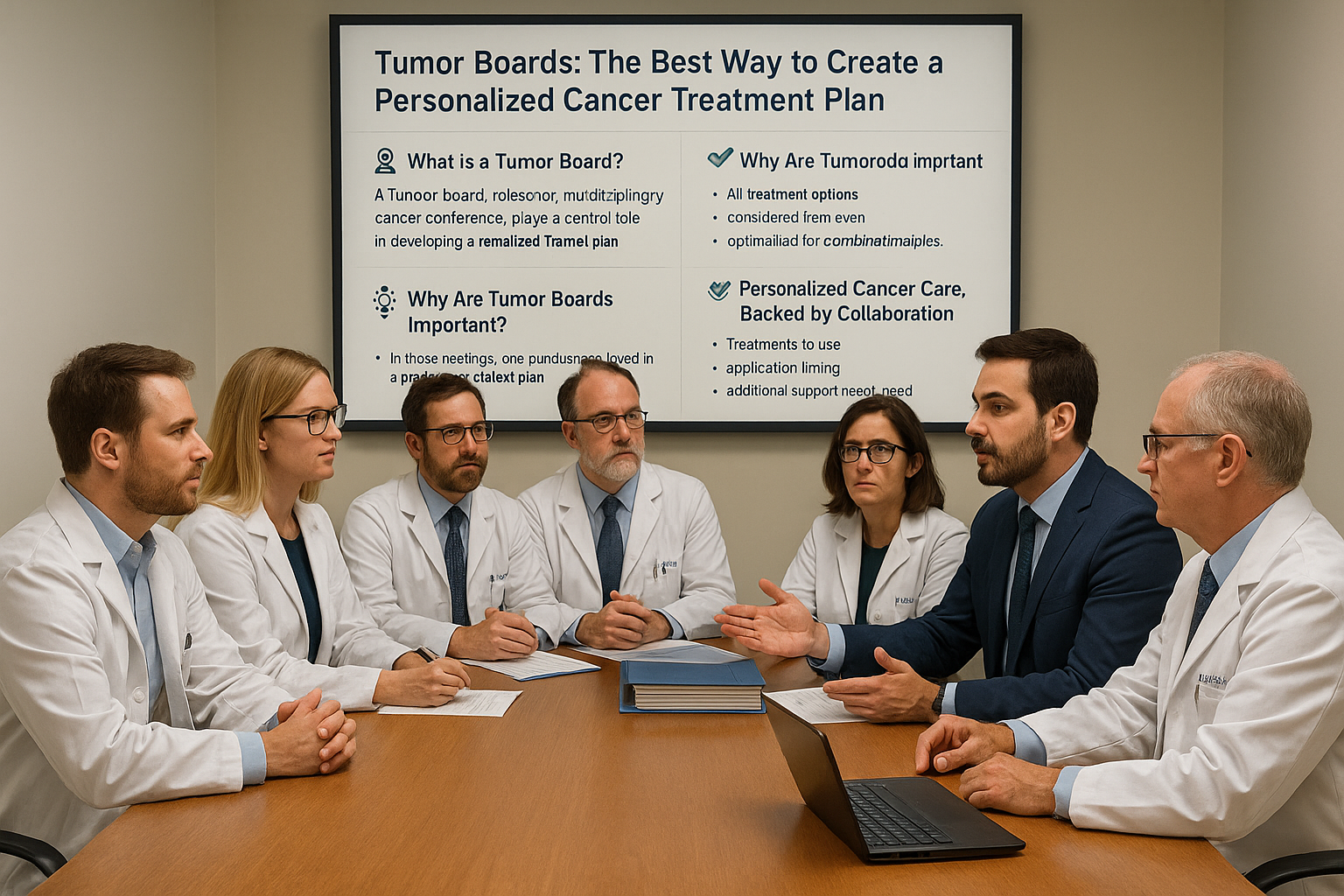Benign Prostatic Hyperplasia (BPH)
Overview:
Benign Prostatic Hyperplasia (BPH) is a non-cancerous enlargement of the prostate gland. Unlike prostate cancer, the cells in BPH grow without metastasizing to other parts of the body. Although not life-threatening, BPH can significantly affect a patient’s quality of life.
Treatment Options:
BPH can be managed with:
- Medications
- Minimally invasive procedures
- Surgical interventions
Treatment is chosen based on:
- Prostate size
- Age and general health
- Severity of symptoms
Risk Factors:
- Aging:
- Symptoms are rare before 40 but increase with age.
- Family History:
- Increased risk if close relatives have prostate issues.
- Diabetes & Heart Disease:
- May contribute to lower urinary tract symptoms (LUTS), though not directly causing BPH.
- Lifestyle:
- Obesity increases the risk; factors like smoking and diet also play a role.
- Race:
- BPH is more common in Black men than in White men.
- Geography:
- More prevalent in the US, Australia, and Northern Europe, less so in parts of South Asia, Africa, and South America.
- Genetic Factors:
- Some individuals may develop BPH due to genetic mutations or environmental factors.
Symptoms:
Irritative Symptoms:
- Frequent urination (day and night).
- Sudden, urgent need to urinate.
- Urinary incontinence.
- Burning or stinging during urination.
Obstructive Symptoms:
- Weak or narrow urine stream.
- Difficulty starting urination.
- Intermittent urine flow.
- Dribbling after urination.
- Feeling of incomplete bladder emptying.
- Presence of blood in urine.
Summary:
BPH is common in older men, particularly those over 50, and can significantly impact urination and quality of life. While it doesn’t spread like cancer, its symptoms can be managed through various treatments, depending on severity and individual health factors.
Treatment for BPH
- Rezum Therapy for Benign Prostatic Hyperplasia (BPH)
Rezum therapy is a minimally invasive treatment that uses water vapor (steam) to reduce the size of the enlarged prostate, relieving BPH symptoms.
Benefits of Rezum Therapy for BPH:
- Minimally invasive: An alternative to medications and surgeries.
- Outpatient procedure: Can be performed without a hospital stay.
- Mild anesthesia: Requires only mild anesthesia.
- Effective relief: Symptom relief is noticeable within two weeks.
- Preserves functions: Preserves both urinary and sexual functions.
How Does Rezum Therapy Work?
Rezum therapy delivers small amounts of steam directly to the enlarged prostate, damaging the overgrown cells and reducing the prostate’s size. This helps alleviate urinary tract obstructions caused by BPH, improving symptoms such as:
- Irregular urinary flow
- Frequent urination
- Weak urinary stream
- Straining during urination
- Nighttime urination (nocturia)
Who Are Suitable Candidates for Rezum Therapy?
Men aged 50 and older, with a prostate volume between 30 cm³ and 80 cm³, are generally good candidates for Rezum therapy.
Not suitable for:
- Men with urinary retention, kidney issues, or urinary sphincter implants.
- Those with penile prostheses are also excluded.
Rezum therapy is ideal for men who prefer to avoid medications, or who wish to explore alternatives to surgery or other minimally invasive BPH treatments.
2. GreenLight Laser Prostatectomy
Who Is Eligible?
This procedure is suitable for men with an enlarged prostate (benign prostatic hyperplasia, BPH) or prostate cancer experiencing urinary difficulties. It reduces prostate size to alleviate pressure on the urethra and restore normal urination.
Symptoms Addressed:
GreenLight laser prostatectomy helps relieve urinary problems caused by prostate enlargement, such as difficulty urinating or obstructed urine flow.
Procedure Overview:
-
Minimally invasive, performed under general anesthesia.
-
A cystoscope is inserted through the urethra to visualize the prostate and bladder.
-
A high-powered laser is used to reduce the prostate size.
-
The procedure typically lasts about one hour, with most patients discharged the same day.
Recovery:
-
A catheter may be required for the first 24 hours post-surgery.
-
Normal side effects include mild discomfort, occasional difficulty urinating, and blood in semen, which resolve over time.
-
Most patients resume normal urination within six weeks.
-
Avoid heavy lifting for three weeks and plan a week off work.
When to Consult a Specialist:
Men with urinary difficulties or suspected prostate enlargement should consult a specialist to explore treatment options, including GreenLight laser prostatectomy.
Why Choose Health Tourism for BPH Treatment?
Health tourism allows you to access top-tier medical care for BPH treatment, offering a combination of advanced medical technology, world-class expertise, and high standards of care. Patients who travel abroad for treatment can benefit from:
-
World-Class Hospitals: Access to internationally renowned hospitals with specialized BPH centers.
-
Leading Surgeons and oncologists: Expert surgeons and oncologists with extensive experience in BPH treatment.
-
State-of-the-Art Technology: The latest technologies in robotic surgery and diagnostic imaging.
-
Affordable Treatment Options: High-quality care at a fraction of the cost compared to other countries.
-
Comprehensive Care: From initial consultation to post-operative follow-up, a holistic care plan designed to ensure the best possible outcome.



